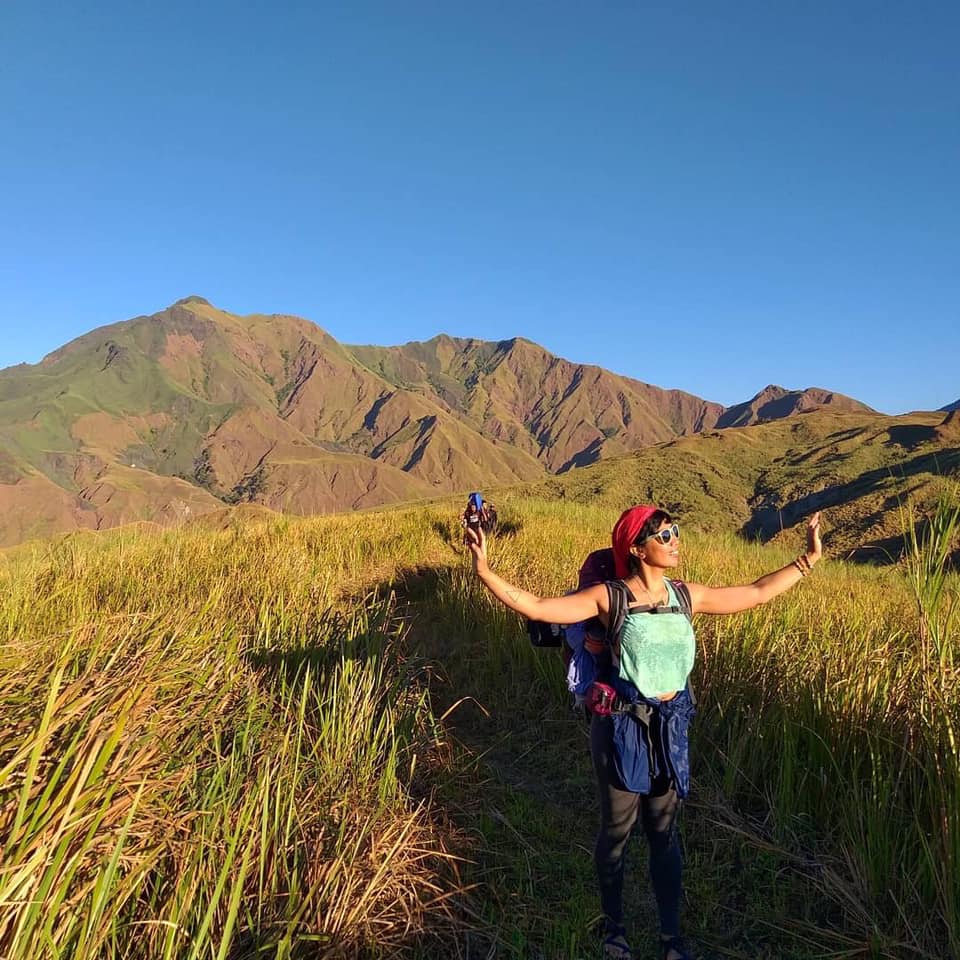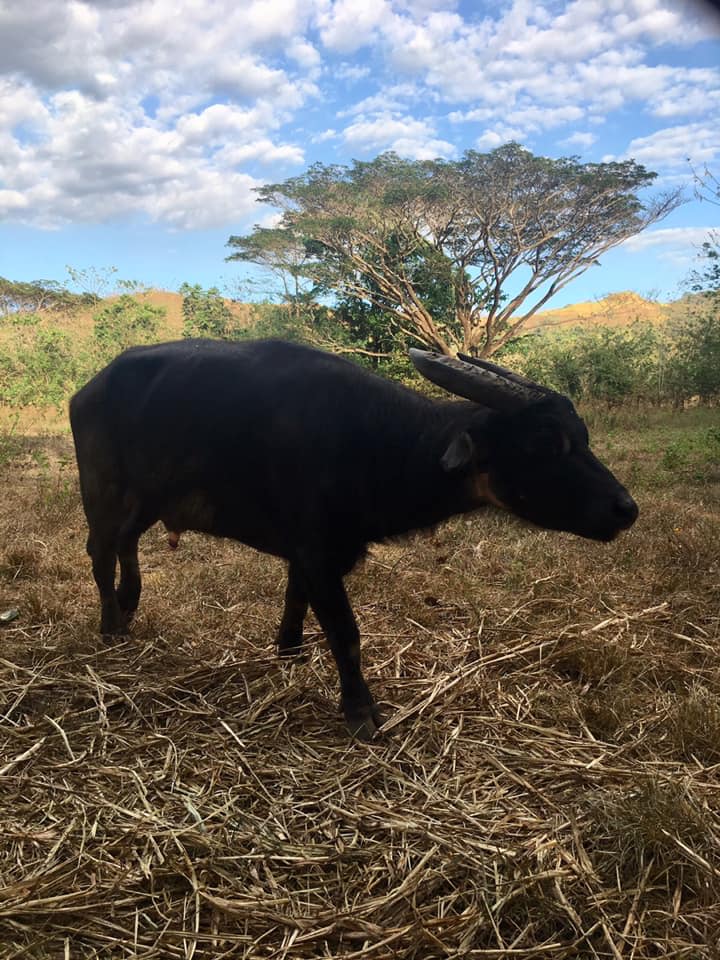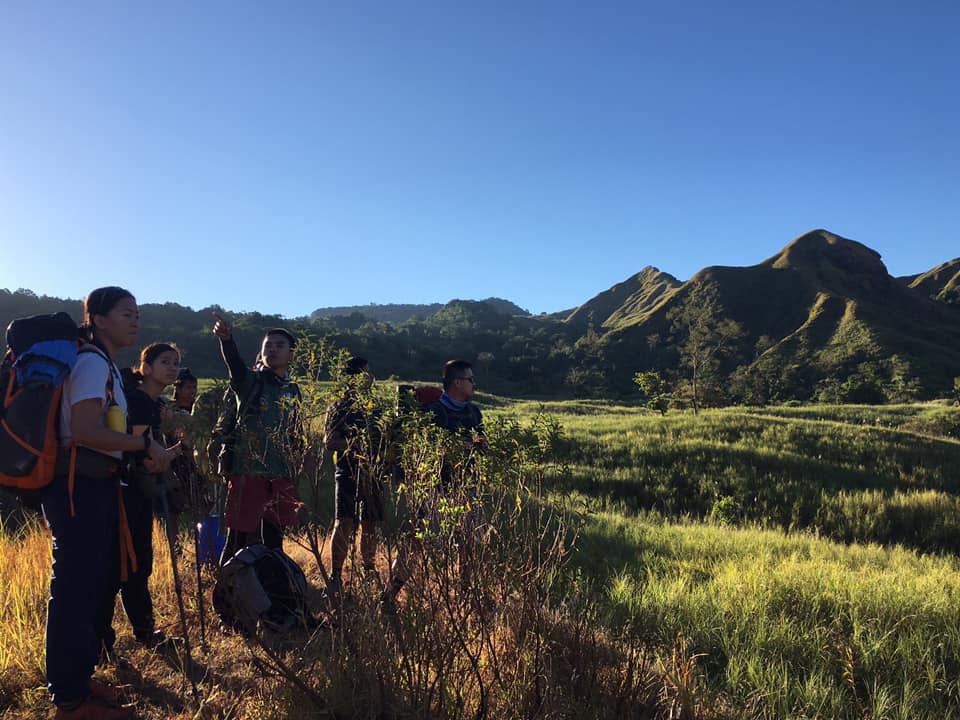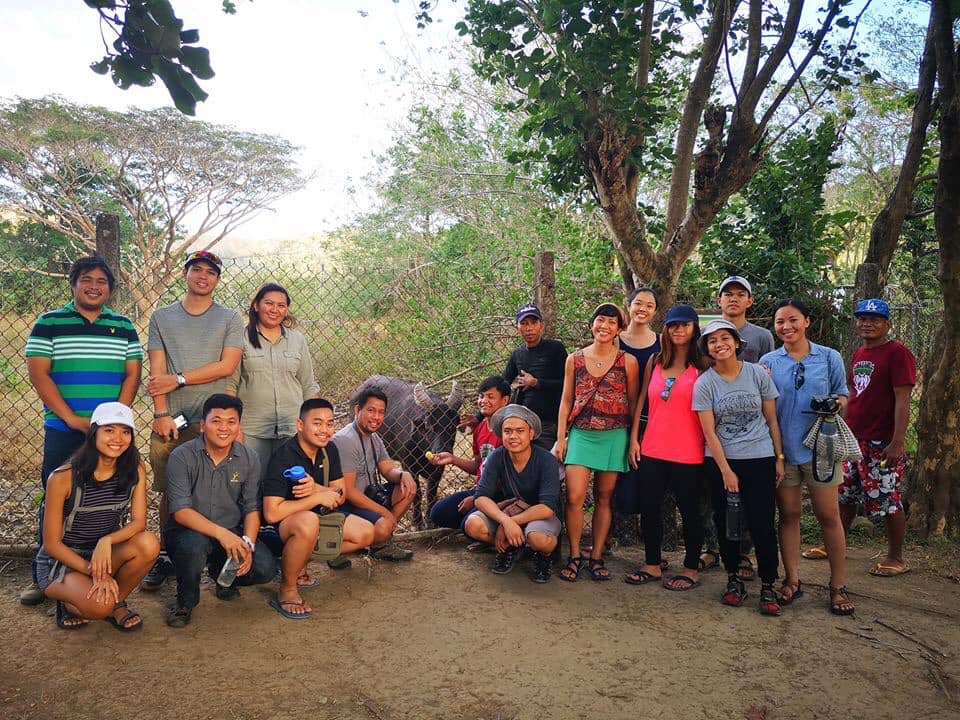My tree-hugging, tamaraw-loving self takes this to mean each of us have a role to play, and, if you aren’t yet, it is time to get involved
A visual journal and some thoughts.
The tamaraw is a critically endangered species found only on the island of Mindoro in the Philippines. As of April 2018, there are 523 tamaraws in the wild. The bulk of their population is found in the grassy mountains of Mt. Iglit-Baco National Park in Calintaan, Occidental Mindoro; they share this natural habitat with the indigenous Mangyan peoples.
To protect the tamaraws and ensure the continuity of their species, the Tamaraw Conservation Programme employs 25 rangers. These rangers are assigned to four stations for 22-day patrols each month. To augment this main force, there are also an additional handful of tamaraw wardens.
The Programme also includes the Tamaraw Gene Pool Project- remnants of a government experiment to breed and raise tamaraws in captivity in the 1990s. From the 70+ tamaraws they took from the wild, only two offsprings were produced, and only one remains alive today, Kali, or Kalikasang Bagong Sibol/Kalibasib.
Rangers and conservationists told us stories of how tamaraws are a hardy, enduring species. They will charge at the slightest sign of danger. Using brute force, they can escape from hunters’ traps, but suffer a painful death due to their injuries. This makes tamaraws harder to track at close range, natgeo-esque techniques of tagging animals in the wild may result in half-drugged tamaraws charging off the cliff. Presently, tamaraw monitoring includes manual spotting from the neighbouring mountain peaks, and a handful of strategically placed motion-activated cameras capable of producing tamaraw selfies. This is also why data on specific tamaraw behaviours and characteristics have been hard to come by.
What is a tamaraw worth?
To the Mangyan people, the tamaraws are worth the very survival of their culture and their tribes. In their creation story, the Mangyan and the Tamaraw sprung from the earth together, and, with their destinies tied, as one perishes, so does the other.
To the rangers, the tamaraws represent not just the unique biodiversity of Philippines. The tamaraw conservation program offers some excitement – a chance encounter with tamaraws on the trail requires them to run for their lives to the nearest tree (rare as they all come in grasslands of Mt. Iglit-Baco, trees, people, and tamaraws alike). Their stations are their home away from home, their fellow rangers are extended family. Most importantly, tamaraw conservation is honourable work that lifts families from poverty.
While no one knows just how much tamaraw meat or tamaraw skulls with their impressive horns are traded for in the black market, we were told that it nearly cost rangers their lives- they have found empty bullet casings in their cookware, and dodged bullets fired at their bunkhouses in the dead of the night. This has also exposed the dysfunctions of the system and caused much heartache and despair – trials are disrupted and poachers get off the hook just because an influential person calls in a favour with the local judiciary.
The story of the tamaraws is tied to the history of the land and the aspiration of its peoples.
Tamaraws are central characters in this tragedy of the commons. Their story reflects the rather brutal impact of unsustainable development on nature- their species faced near-extinction because a foreign species of cattle brought a deadly disease upon the land. Tamaraws are victims of a weak state whose limited budget has to accommodate competing priorities, whose judiciary is captured by the local elite. Their population’s recovery is impeded by discordant laws that erroneously pit the protection of natural resources against the promotion of indigenous peoples’ rights.
Yet year on year, since the conservation efforts began, the tamaraw population increases. Evidence of tamaraw life are now being discovered beyond the boundaries of the national park and across the island. More and more people are getting educated and involved. This goes to show that every centavo counts, every little effort chips away at the complexity of the problem and adds to the survival of this majestic species. In her Nobel Prize lecture, Elinor Ostrom argued that the solution to social-ecological problems lies in designing institutions that “bring out the best in humans.” She talked of polycentric, context-appropriate, multi-layered, multi-scale initiatives founded on mutual trust and respect for the rights and sustainable practices of local stakeholders. My tree-hugging, tamaraw-loving self takes this to mean each of us have a role to play, and, if you aren’t yet, it is time to get involved.
As for my reflections about this life-changing climb:
I used to say I wasn’t the type to climb mountains and I decided to change that. Day one served quite a shock mentally and physically. Day two offered a bit more pleasure, with the breath-taking view of Mt. Iglit and the fairly flat, grassy terrain, until the final steep stretch of the mountain to the summit. In mountaineering parlance, that was the assault, it felt like an assault on my body than on anything else. Finally, day three, and deciding to surrender my pack to the more able-bodied rangers to save my knees (at the time of writing, it has been five days since I got back, and my knees are still a bit creaky). The earth has a different energy to it. Felt unwieldy at first, and then I found the solid, dense, radiating energy from within, and the sweet chorus of wind, rustling grass and tree leaves, and bird songs.
We belong to the earth, we are the earth.
With each measured step we shape the shifting contours of the land, our bodies become extension of the Earth.







Comment (0)